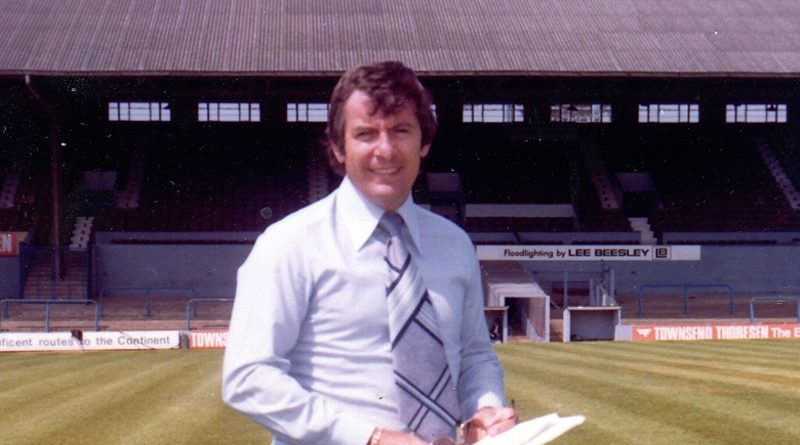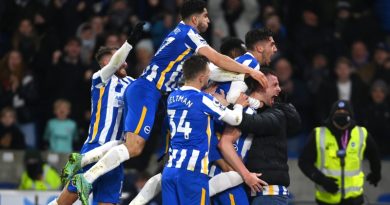Brighton managers and Amex Stadium statues
Two giant names in football have died in the past month. Different eras, different achievements and very different people, but the passing of both was news that led the front pages of most newspapers rather than the back.
The death of Sir Bobby Charlton, whilst expected, marked the end of an era of Manchester United legends. Sir Bobby was the last link with the Busby Babes, Munich and United’s rise from the depths of despair to European Cup winners.
Losing Terry Venables was more of a shock as his illness was not widely known. For Brighton fans, he was one of the key figures in the early days of the rivalry with Crystal Palace.
Venables then went to Spain and became ‘El Tel’ before taking England to the brink of glory in that unforgettable summer of 1996.
Charlton was legendary as a player, Venables as a manager and coach. I struggle to think of anyone who has truly achieved the status of a great in the game in both those roles.
Any list of greats on the pitch is subjective and long. For managers and coaches, the list of individuals who have a series of titles, trophies, and have statues or stands named after them is far shorter.
Matt Busby, Bill Shankly, Arsenal Wenger, Bob Paisley, Brian Clough, Alex Ferguson, Bobby Robson, Don Revie and Graham Taylor are all names that are recognised and remembered beyond the stadium’s that have stands bearing their names or statues to their achievements.
In the age of corporate sponsorship, I wonder whether the new main stand at Selhurst Park will have a lounge or stand named for Venables.
Brighton have had around 40 different manages, with two having served for two separate spells in the dugout. If you can name both, you win a morning drinking Jaegerbombs at Walkabout with Gully*.
Astonishingly, only seven names cover the first half-century of the club’s 122-year existence. That is because of the 38 year tenure of Charlie Webb from 1919 to 1947.
In English football, only West Bromwich Albion’s Fred Everiss surpasses Webb’s spell in charge at the Goldstone. Everiss served 47 years at the Hawthorns.
The Albion famously eschew memorialising past players or managers via stadium names or statues. Only a changing vinyl banner gallery of club greats shields the ugly bank opposite the West Stand.
Statues to players or managers in front of the new fan zone seem unlikely. Only Dick Knight, the clubs saviour and former chairman, has a watering hole named after him.
Everyone, depending on the era’s they have lived through at the club, will have favourite managers and candidates who they feel worthy of some kind of tribute.
Perhaps Pat Saward, who coached the side from 1970 to 1973 and won a very unlikely promotion into the second tier. Or Jimmy Melia, who came so close to winning the FA Cup in 1983.
Chris Hughton must surely be on any list for consideration, having led Brighton to the Premier League. Brian Clough and Jimmy Case are more famous for achievements elsewhere, as fond as many of us are about Jimmy.
For me, it is Alan Mullery. A Spurs and Fulham legend as a player, Mullery was the man who turned the Albion from a traditionally Division Three side into one playing in the top division of English football for the first time.
Mullery still attends most games at the Amex and can often be seen outside the East Stand. He turned 82 last week – happy birthday and thank you, Mr Mullery.
We all dream that Roberto De Zerbi has a long tenure at the club, one that involves titles and trophies and European glory. A statue of De Zerbi? We can only hope.
Sadly, the modern game does not lend itself to long managerial spells of the sort which used to earn a statue or a stand.
Short term failure leads to dismissal and any sort of success to unrefusable offered from the biggest and wealthiest clubs in England, Europe or Saudi Arabia. Perhaps Sir Alex Ferguson and Arsene Wenger were the last of the long-serving greats.
Now, can anyone 3D print a life size Sami Hyypia for me?
*The two double hitters? Mullery and of course, Micky Adams.
Warren Morgan @WarrenBHAFC




